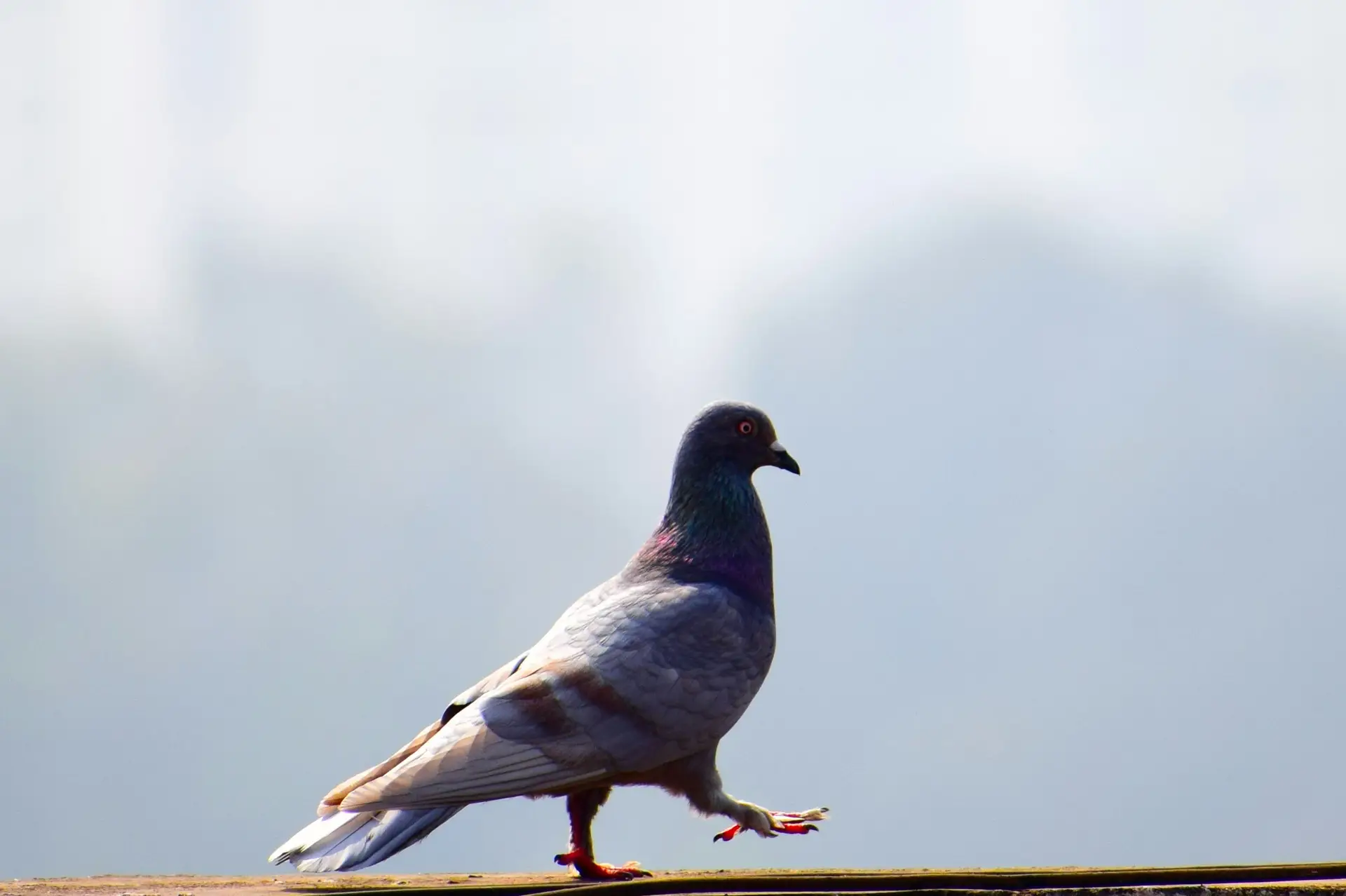Balau Decking vs. Other Hardwoods: A Comprehensive Comparison
Choosing the right hardwood for decking is crucial not only for aesthetic appeal but also for durability and longevity. One material that often stands out is Balau decking, known for its rich hues and robust properties. Native to Southeast Asia, Balau wood is prized for its strength and versatility, making it a popular choice in outdoor construction projects. In this article, we will comprehensively compare Balau decking with other celebrated hardwoods such as Ipe, Teak, and Cumaru, providing insights into their respective benefits and drawbacks to help you make an informed decision.
Overview of Balau Decking
Balau, a tropical hardwood, is renowned for its dense composition and stunning reddish-brown tones. It is widely used in decking due to its remarkable durability and strength. Balau wood is resistant to decay, high loads, and wear, making it ideal for outdoor structures exposed to the elements. It also boasts a fine to medium texture with an interlocking grain that enhances its aesthetic appeal. Given these qualities, Balau decking is a favored option for:
- Patios
- Garden terraces
- Pool surrounds
Comparison with Other Hardwoods
Ipe Wood
When comparing Balau decking to Ipe, several key differences and similarities arise:
- Durability: Ipe, often referred to as Brazilian Walnut, has an incredible lifespan, potentially lasting up to 75 years with proper maintenance, outlasting Balau.
- Cost: Ipe is generally more expensive and can be harder to source.
- Appearance: Both woods offer rich, dark tones, but Ipe is typically darker and smoother.
- Installation: Balau is easier to work with due to its less extreme hardness compared to Ipe.
Teak
Teak is another revered hardwood, known for superior weather and pest resistance:
- Maintenance: Teak requires regular upkeep to maintain its golden-brown luster, whereas Balau maintains its color with less frequent maintenance.
- Sustainability: Balau is often considered a more sustainable option as certain species of Teak face conservation concerns.
- Cost: Both woods share a high cost, but Teak's higher price and environmental impact can make Balau more appealing for eco-conscious consumers.
Cumaru
Cumaru, sometimes called Brazilian Teak, matches Balau decking in density and hardness:
- Color Variety: Cumaru offers a spectrum of colors from golden tan to reddish-brown, providing more variety in aesthetic choices, although this can make achieving a consistent look challenging.
- Resilience: Performance-wise, Cumaru and Balau are nearly neck and neck in terms of durability and longevity.
Pros and Cons of Balau Decking
Balau decking stands out for several key advantages:
- Durability: Resistant to rot, insects, and harsh weather conditions.
- Strength: High load-bearing capacity, making it suitable for heavy-use areas.
- Aesthetic Appeal: Rich reddish-brown tones and interlocking grain provide a luxurious look.
However, there are some drawbacks to consider:
- Weight: Balau is quite heavy, which can complicate transport and installation.
- Maintenance: Although it requires less frequent maintenance than Teak, Balau decking still benefits from annual sealing and cleaning to preserve its appearance.
- Availability: Depending on your location, sourcing Balau wood might be challenging and could add to overall costs.
Final Thoughts
Selecting the right decking material hinges on balancing various factors like durability, maintenance, cost, and aesthetic preferences. Balau decking emerges as a highly durable and visually stunning option, holding its own against competitors like Ipe, Teak, and Cumaru. Whether you prioritize sustainability, ease of installation, or specific aesthetic qualities, understanding the unique features of each hardwood will guide you to the best choice for your decking project. By considering the detailed comparison provided, you can confidently proceed with your selection, knowing you've made a well-informed decision."




